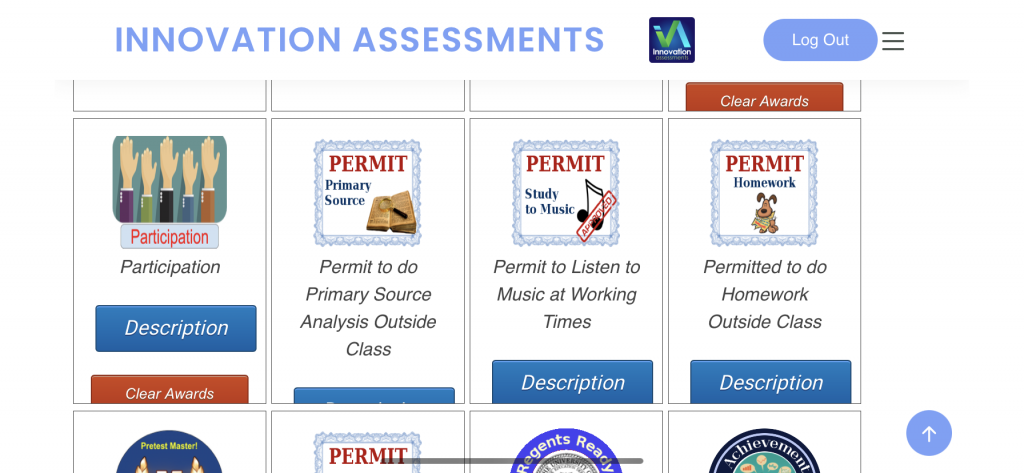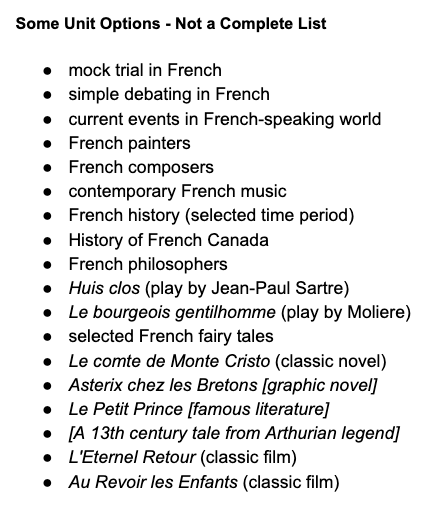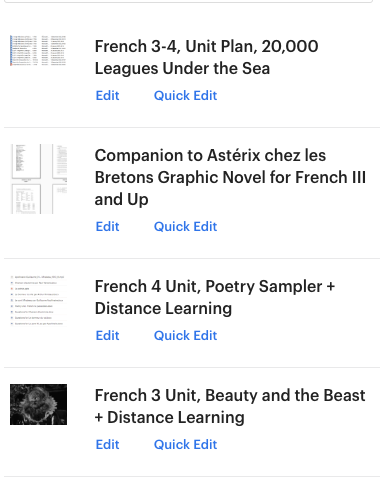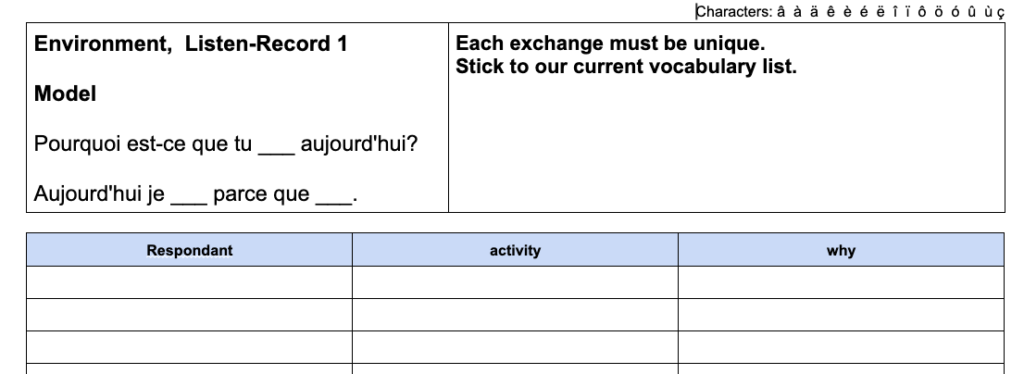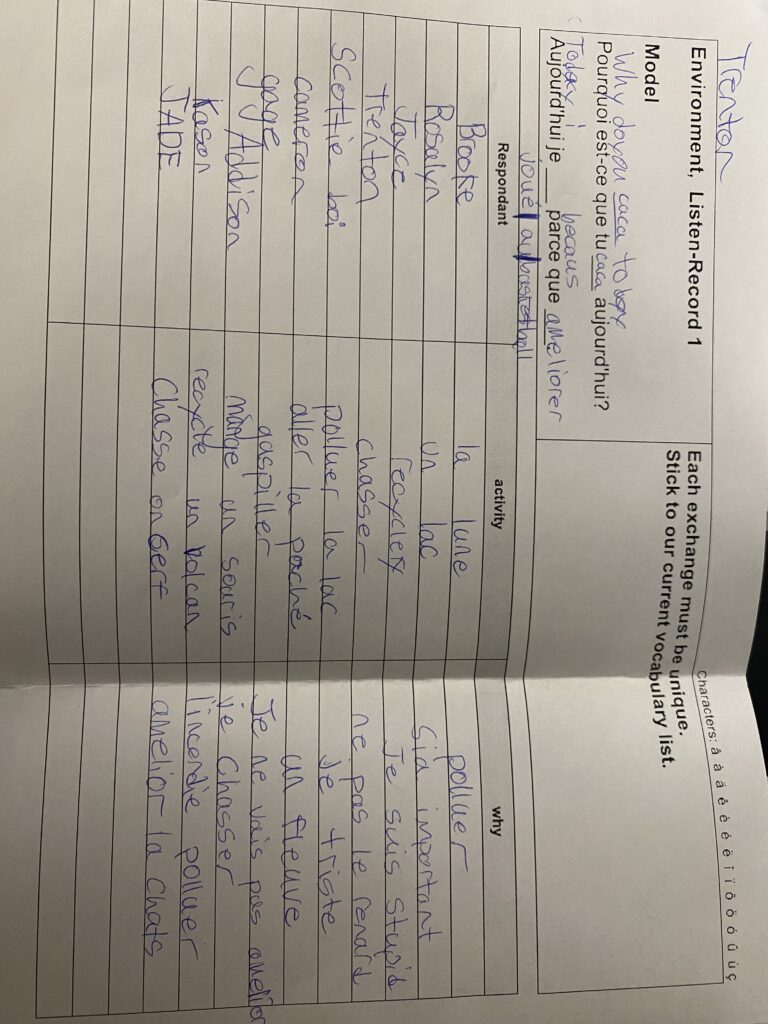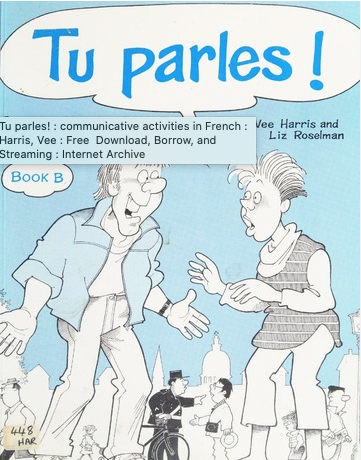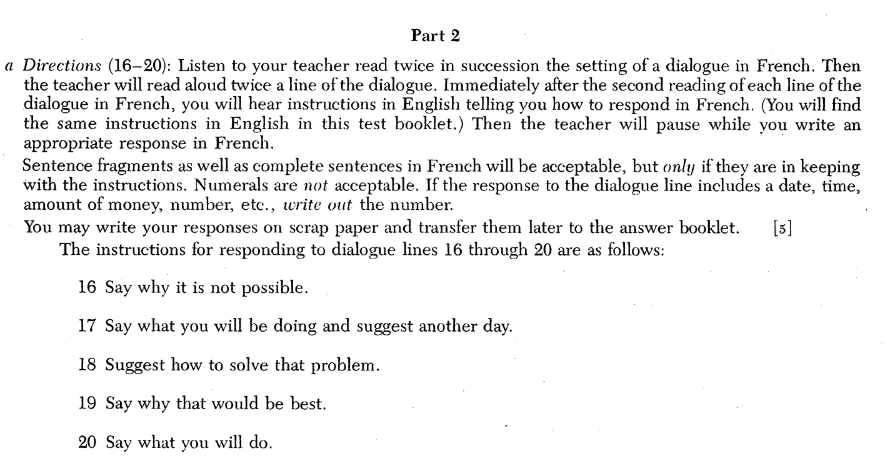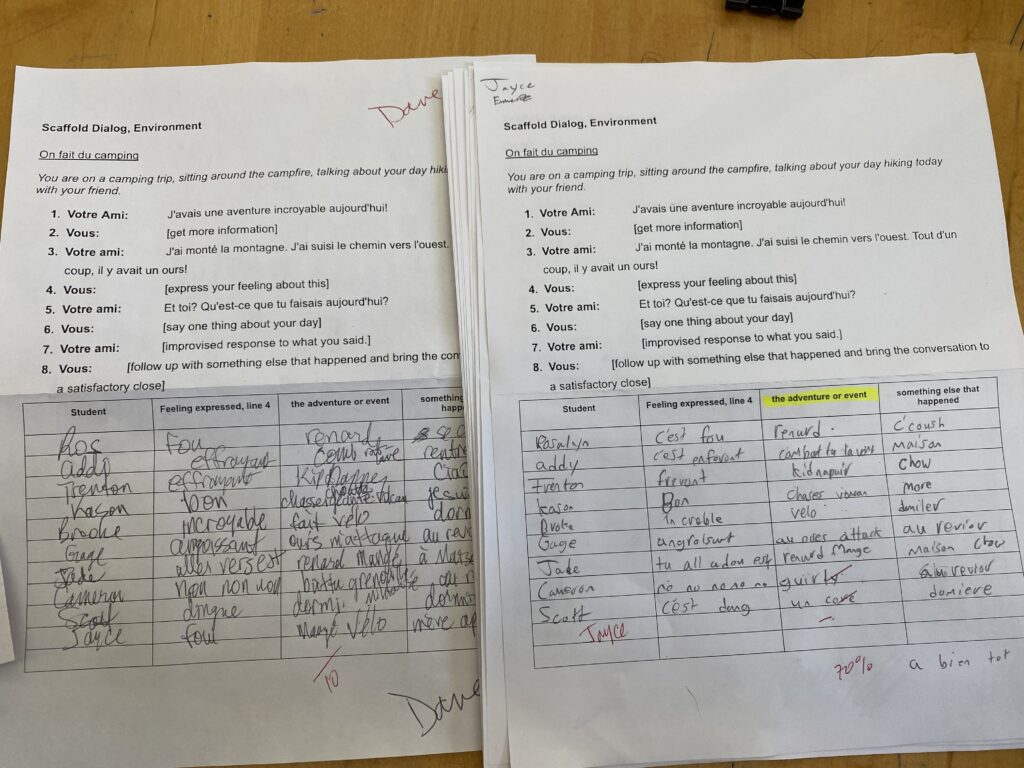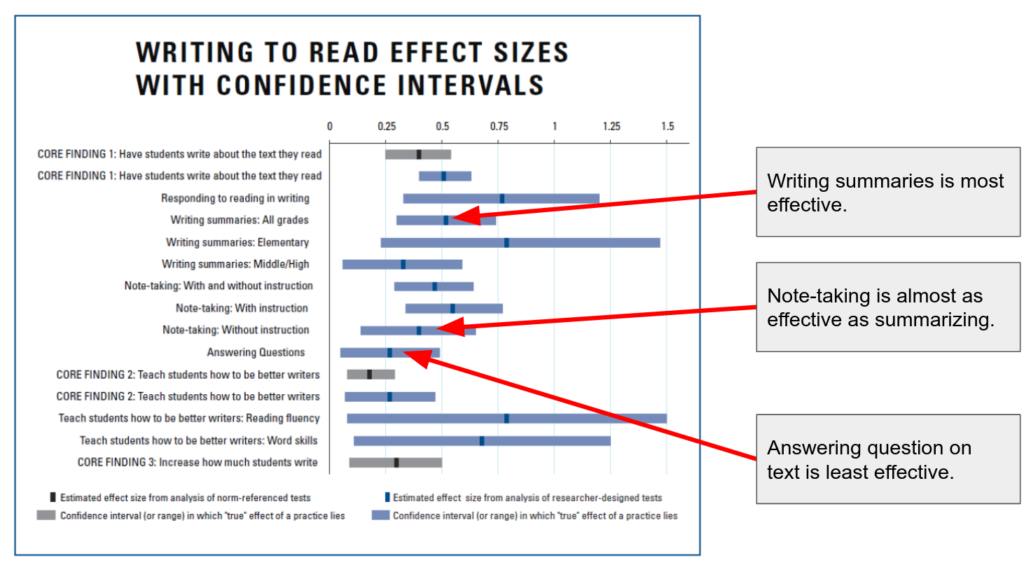I have been procrastinating writing this post. Probably because, like many of the readers who taught online during the pandemic, this is not exactly a fond memory. However, I have two reasons to move this task to the top of my to-do list. Firstly, I am aware that it has already been three years and I don’t want to forget anything important. Secondly, I will be teaching a course online next year and I want that to be a highly successful enterprise. I think there must be lessons to learn on reflection from teaching secondary level students online.
Pre-pandemic Experiments in Remote Teaching
My first foray into teaching online was a pilot online class I taught in 2016-2017. It was called Virtual United Nations. My school was a small, rural Adirondack district with limited offerings outside the core subjects and remediation. I was active on the technology committee and we found distance learning, as it was envisioned in the 1990s, was not going to work for us.
I had four students in the pilot course. It was an asynchronous course, the final project of which was participation in a regional high school United Nations simulation. For me personally, this course had the dual purpose of satisfying a graduate course requirement in digital teaching and learning through Empire State College. My paper is attached below.
Pandemic Remote Teaching for Me
At the time the pandemic hit, I was teaching social studies for grades 6-10 and a French class for grade 6. Schools in New York State closed 13 March 2020, supposedly for two weeks. I did not set foot in the school building again until September.
Like most schools in the region, our students all had Chromebooks. We scrambled to send middle and high school students home with these and chargers. Our plan evolved somewhat from its start, but eventually we settled on mostly synchronous remote classes that followed the same daily schedule as our regular day. At the end of each week, we were required to submit a summary of the week in our remote classes, including what we covered, student and teacher morale, and participation rates. I was able to search my email sent box to save copies of my reports from 13 March to 12 June 2020.
Lessons Learned
Here are some highlights of what I learned about online teaching from my weekly summaries in 2020:
- 24 Apr I prefer delivering prerecorded video lessons to the live video. I think the live video sessions may turn out to be more PR than substance for a lot of reasons. I like them, but we’ll see. I embed my prerecorded video sessions with questions.
- 01 May It makes me feel happy to interact on video with [students]. I am still just learning how to conduct video classes. This week, I make them show their faces and I call on them to respond.
- 8 May Sadly, my little Zoom “working together” idea did not work – no one showed. The streaming lessons are the highlight of my week because I get to see the kids, but I only get 6-8 now whereas I was getting the majority the first week.
- 08 May Education for people under ~17 needs to be a social, in-person experience and the governor’s “re-imagined” education might fail to see that. We are still primates, after all, and education requires the physical presence of teachers until upper high school.
- 15 May Participation in live streaming classes is very poor even with a reward system. I only get 3-6 kids out of classes of 20. These are among the highlights of my week, though. I put together nice presentations and I like seeing them.
- 15 May I got good participation in a survey asking successful online learners to share their secrets.
- 15 May I probably did not need to shorten 8th and 9th grade curriculum as much as I did.
- 15 May I have found breaking the tasks down to smaller steps so there is some small thing to do each day a highly effective practice for remote learning.
- 12 June Breaking tasks down into daily 25-30 minute bits works great and I’ll do that in-building now too
- 12 June “Remote learning” is NOT “homeschooling” and I worry that we burden parents too much.
- 12 June I think about 40% of my students need to be in school with a person teaching them.
The paper “Successful Students Share Their Secret for Online Learning” is linked below. This was an extended survey of 21 (out of 87 total students on my roster that year) of my most successful students in remote learning during the pandemic. You can see for yourself the good advice they shared and some interesting survey results that may not be very surprising.
Participation
Overall, participation actually remained fairly stable, especially in grades nine and ten. I did a study in May of task completion rates of my freshmen and sophomores since 2017 and found only little changed in the pandemic. This was very surprising, since subjectively, it felt like it was a real struggle to get work in. I gave little assignments and took a grade a day. That’s how I teach in-person too, actually. The paper linked below, “Task Completion Study”, also includes a fairly comprehensive description of how I taught online. Many of those practices I retained when we returned to in-person and we had Chromebooks in class.
Remote Learning Conditions
The curriculum and assignment length were modified under remote learning. Assignments were decreased in size and duration. I avoided assigning multi-day tasks because many people just wait until the last minute to do it all, to poor effect. Students were also getting graded on “lectures” now, which consisted of 12-15 minute video tutorials embedded with questions. Some of the few multi-session tasks I normally assign in class, I now broke up into smaller assignments. The unit reading task, normally four pages to read and process, was reduced to three . In consequence of the setup of remote learning assignments, I did not complete the curriculum in grade nine to the point in history that I usually do and I moved some topics to the second part of the course to come in grade ten. I actually had more teaching time for grade ten under remote learning because, with Regents exams cancelled, I now had twelve extra lessons since I did not have to stop teaching and do review. There were on average 45 assignments across grades nine and ten in these courses over the date range. The 15% jump in the number of assignments under remote learning is because the tasks were broken down into more numerous, smaller steps. This cannot be interpreted as an increase in workload.
Resources in my online courses were curated through my own website, InnovationAssessments.com. Assignments were organized and posted at Planbook.com. Students were expected to complete one social studies assignment each school day. Courses were mostly asynchronous, save for a 30-minute live streaming lesson once a week which was optional and non-graded (there was a reward system built in for attendees). Video tutorials with multiple-choice questions ran 12-20 minutes, averaging around 14 minutes. Students were invited to attempt these twice for a higher grade. Textbook reading tasks consisted of either three- or four- page reading selection to process or multiple-choice comprehension questions. Each unit has an essay on a primary source where one session was reading and outlining the important points and one session was to compose the essay. There were a number of multiple-choice and matching quizzes which usually take about five minutes exclusive of pre-study time (students can rehearse the questions and answers in advance of some of these, so it’s very easy). Other assignment types follow similar patterns. In my opinion, a good estimate of the time commitment for the average student would be about 25 minutes a day on social studies in grades nine and ten under remote learning for the date range. I charge a late fee of ten points per day late just as in regular school and if students contact me with good reason or if students work to catch up a lot of work in a short time span, I always waive these late points.
Morale: Theirs and Mine
The short story on student morale as near as I could detect it was that it was always good. None of my weekly summaries reported adverse student morale. However, as the year progressed, some students dropped out of participation so I can only report on the students who were still involved.
My own morale story is more complex. In my memory of the events, it is all negative. But reading the contemporaneous notes of 2020, I see that it started out just fine. On 20 March, I actually wrote “My week went great. I absolutely love working from home. If I could, I would switch to just doing this.” Ugh. By my last entry on 12 June, I wrote “I endured the most serious aversion to teaching I ever experienced. This is not because it was online. I can teach online just fine. The reasons were complex… no room here… but I am getting better and look to the summer and next school year with a sense of optimism and hope.”
The problems were not really connected to online teaching…
When on 12 June 2020 I wrote “The reasons were complex… no room here… ” I was alluding to a collection of things that were aggravating in the extreme. This only got worse in the coming school year. The things that made working in my district an aggravating and unpleasant experience are largely beyond the scope of this article, but these things, they were born of the pandemic. My school district imposed actions, directives, and policies which ranged from the insufferable to the outrageous. This trend gradually broke my working relationship with my district and inspired me to hasten my retirement and to request part-time work in my last year. Though I was not one of the 16% of the faculty who resigned or retired early that year in my district, I was aiming to get out as soon as feasible.
Innovations
The pandemic fostered a large number of innovations for my teaching in a digital environment. One issue of note, which I would like to address in a separate post, is the issue of online testing. Is it possible to offer valid, reliable assessments in a remote teaching situation? I am convinced that this will improve in the coming decade, but there is a lot that can be done now.
A few of the innovations that were inspired by the pandemic remote learning situation involved devising ways to give good online tests. My district subscribed to a service called “GoGuardian”, which allows me to view and control student screens. I cannot emphasize enough how important this was. But at my own site, I developed a number of useful apps. One was a parent proctoring system. Parents needed to enter a code to let students take a test. Another was a sort of AI proctor I developed in JavaScript that tracked student activity online while they worked.
I wrote a short paper on this experience. It is linked below. With the help of my colleague in the math department, we established that an examination of student scores on online tests showed no real change from performance in the classroom, thus supporting with this small study the idea that secure online testing is possible.
I am reminded now of a student who was taking one of my “credit by examination” tests. While he was writing his essay, I was able to watch his screen and my own app would prevent him from leaving the test web page in order to look something up (to cheat). I watched him type sentences I knew were not likely his — I discovered he was using his phone. Easy catch. I typed in his sentences into Google search and quickly located the web page he was copying from on his phone. It was easy to award no credit for the task and provide the very websites in rationale where he cheated.
Teaching in the pandemic for me was an adverse experience, though not for the reasons one might think. I believe it would be a good effort toward justifying the adversity if some lessons can be gleaned from my patient endurance.
